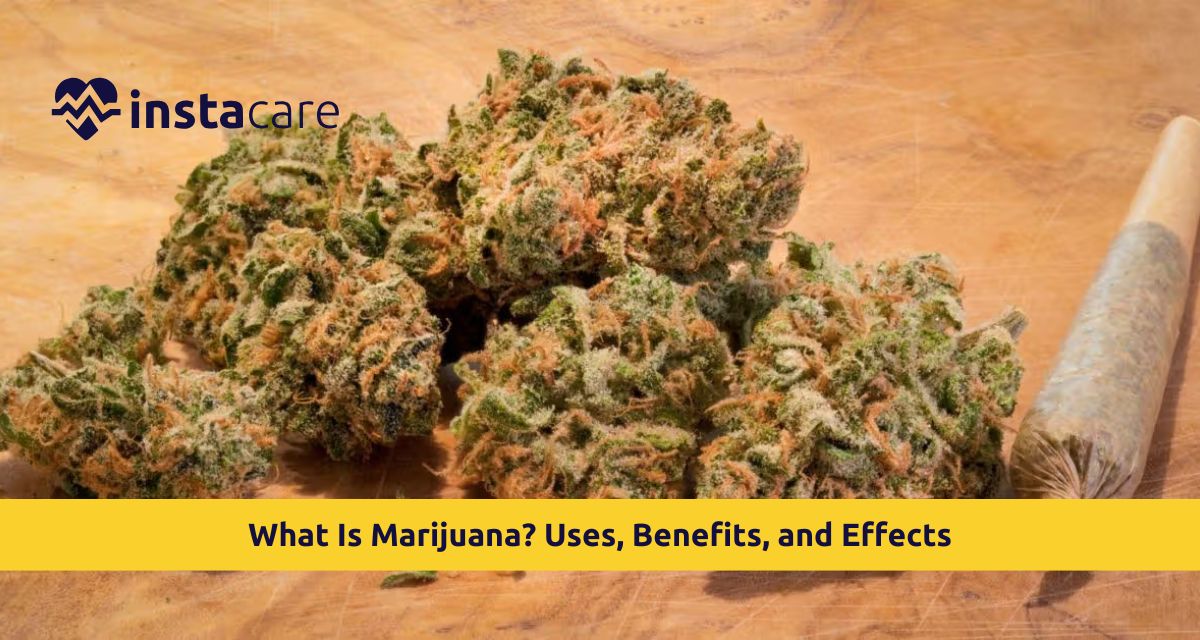Marijuana is a widely known plant substance that originates from the Cannabis species. Different psychoactive cannabis compounds, along with medical properties, have made cannabis acceptable for international use. The marijuana plant contains two main cannabinoids: THC, which penetrates body tissue, and CBD, which enters through brain vascular systems. People admire medical marijuana use nowadays because it shows therapeutic potential, even though recreational marijuana stands as the most prominent use type.
The upside to all this is that where acceptance is flourishing in the uses of the plant in several parts of the world, people should also understand Marijuana Benefits and disadvantages concerning the brain and body.
Recreational Marijuana vs. Medical Marijuana
Intended uses and applications differ considerably between Recreational Marijuana vs Medical Marijuana.
- Recreational marijuana is intended mainly for the psychoactive effects of relaxation, euphoria, and altered perceptions felt by users. Thus, this type of marijuana is consumed in those states where it has been authorized for use and consumption by adults.
- On the contrary, medical marijuana should be consumed with a prescription from a health professional relating to specific conditions. The application is, therefore, far more controlled and directed primarily toward therapeutic needs.
Both types share similar components, but dosage and purpose differ in how it is being taken.
Marijuana Vs. CBD
A common misunderstanding is that Marijuana vs CBD are the same; while marijuana and
CBD both come from cannabis, there are differences. Marijuana contains THC and CBD; THC is quite psychoactive, and CBD has little or none. There is no psychoactive effect. The use of marijuana versus CBD is a very important concept to those seeking specific effects and may want to take CBD for its therapeutic properties without the "high."
Uses and Benefits of Medical Marijuana
Medical applications are historical uses of marijuana, and the number keeps building as research reveals possible potentials for such therapeutic problems. Most medical marijuana is prescribed in oil, edible, or skiable form. These are some of the more common Medical Marijuana Uses:
- Pain Relief: Relief of chronic pain is the feature most enjoyed by marijuana users and is especially true in conditions ranging from arthritis to multiple sclerosis to fibromyalgia.
- Control of Nausea and Vomiting: According to reports in the literature, medical marijuana lessens nausea and vomiting from chemotherapy.
- Stimulated Appetite: Stimulate appetite among patients who have been diagnosed with conditions that lead to decreased appetite as cancer and HIV/AIDS.
- Seizure Control: There seems to be some evidence that marijuana may to some extent diminish the intensity or frequency of seizures in certain patients suffering from epilepsy.
Various Physical & Mental Effects Of Marijuana
Effects of Marijuana On the Body
Inhalation or ingestion of marijuana causes immediate action. Short-term Effects of Marijuana such as euphoria, relaxation, or chillness, and altered perceptions; other undesirable side effects include impaired memory and motor skills and tachycardia.
Marijuana smoking induces interaction with the body's endocannabinoid system network of receptors that helps control or regulate various physiological activities. These are the Short- and Long-Term Effects of Marijuana Use. When marijuana is used for a long time, its effects on brain functioning have been known to occur mainly in young users; otherwise, the drug can cause a degree of addiction but will not, however, cause dependence for everybody who uses it.
The effect of marijuana can depend on strain, amount, and the way it is consumed (smoked, vaporized, ingested, etc).
Marijuana and Mental Health
Marijuana and Mental Health have a complex relationship, and this is shown in a range of studies, some reporting good and some bad results. In some cases, the symptoms of anxiety and depression may reduce when someone uses marijuana, but in other instances, the symptoms seem to intensify.
- Marijuana and anxiety: Some use marijuana to relieve anxiety, while others claim that it increases anxiety or puts them in a state of paranoia.
- Marijuana and Depression: Some studies suggest that marijuana helps in the short term in alleviating symptoms of depression. Currently, chronic use can either cause or worsen depression.
So, consult a healthcare provider before treating a mental disorder with marijuana.
Marijuana for Pain Relief and Sleep Disorders
Marijuana for Pain Relief has almost certainly become the most popular subject due to its apparent therapeutic purposes. Studies have proven its efficacy in chronic pain conditions such as arthritis and neuropathic pain. Within sleep management, marijuana joins the other sleep-associated disorders.
- Marijuana for pain relief: The action of certain pain receptors to produce an attenuated pain sensation has been postulated for THC and other cannabinoids in marijuana.
- Marijuana Therapeutics for Sleep Disorders: Reports claim that Marijuana for Sleep Disorders can help keep people in a relaxed state and, in turn, improve sleep quality.
Effects Of Smoking Marijuana
Marijuana is indeed less addictive than many other substances, such as alcohol or opioids; nevertheless, long-term use may still lead to dependence. The condition causes withdrawal or incomplete withdrawal after stopping the intake of the drug. Continued use of marijuana has many effects on the body and the brain. The following are the possible long-term effects, such as:
- Cognitive Impairment: Heavy and prolonged use of marijuana tends to produce impairment in cognitive functioning and memory.
- Respiratory Effects: Smoking marijuana can lead to lung disease somewhat like what tobacco users experience.
- Dependence: As said before, extended use leads to a cycle known as marijuana dependence or addiction.
Marijuana and Cancer Treatment
Marijuana and Cancer Treatment have been studied from each other’s perspective. Some patients consume marijuana with chemotherapeutic agents while being treated to relieve side effects of the chemotherapeutics, such as nausea and appetite failures. It will not cure cancer but will continue to be used in further studies of what medical applications it may have in cancer care.
- Marijuana for treatment of cancer: More studies are necessary to realize the full breadth of research that suggests the herb has some form of anti-cancer properties.
Conclusion
The advantages that Marijuana has to offer are numerous, and likewise, the disadvantages. The main medical purpose of marijuana usage is to manage pain conditions while treating sleep disorders. Knowledge about marijuana's impact on mental wellness, together with addiction susceptibility, enables people to choose wiser options for medical or recreational use.
Therefore, there should always be some enlightenment on possible side effects and considering possible consultations with health providers. Therapeutic marijuana may carry lots of complexity and multivariant risk-benefit.
Please book an appointment with the
best Nutritionist in Lahore, Karachi, Islamabad, and all major cities of Pakistan through
InstaCare, or call our helpline at 03171777509 to find a verified doctor for your disease.

